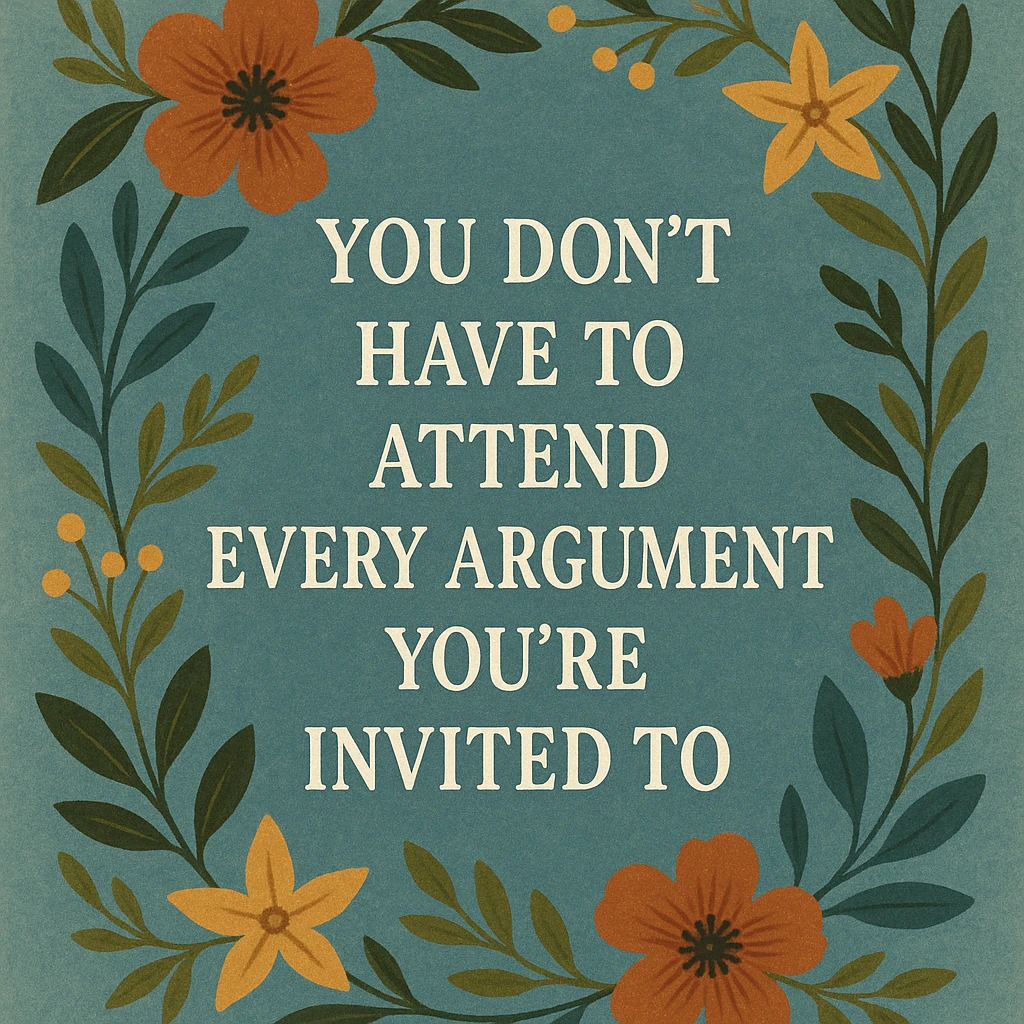There’s something uniquely haunting about the fears we’ve carried the longest. They embed themselves deep within us, often formed in childhood or shaped by early experiences. Unlike fleeting anxieties that come and go, these foundational fears don’t just whisper—they echo. Over time, they can morph into quiet narratives that influence how we see ourselves, what we believe we’re capable of, and how we interact with the world.
Old fears aren’t necessarily logical. They’re emotional, powerful, and often rooted in moments when we felt powerless. Maybe it was the fear of not being good enough, of being abandoned, of failing in front of others, or simply being unseen. These fears can harden into assumptions: “I’m not smart enough,” “I’ll always be alone,” “If I try, I’ll fail.” And because they’ve been with us so long, we stop questioning them. They become part of the lens we view life through.
But here’s the truth: just because a fear is old doesn’t mean it’s true. In fact, the very age of it may be proof it’s outdated. You’re not the same person you were when that fear was born. You’ve grown, learned, and survived so much since then. So the work becomes recognizing those old fears for what they are—ghosts of a younger version of you. And then, gently but firmly, choosing to move forward anyway.
Because your oldest fears might be the worst ones—but they don’t have to be the strongest.


